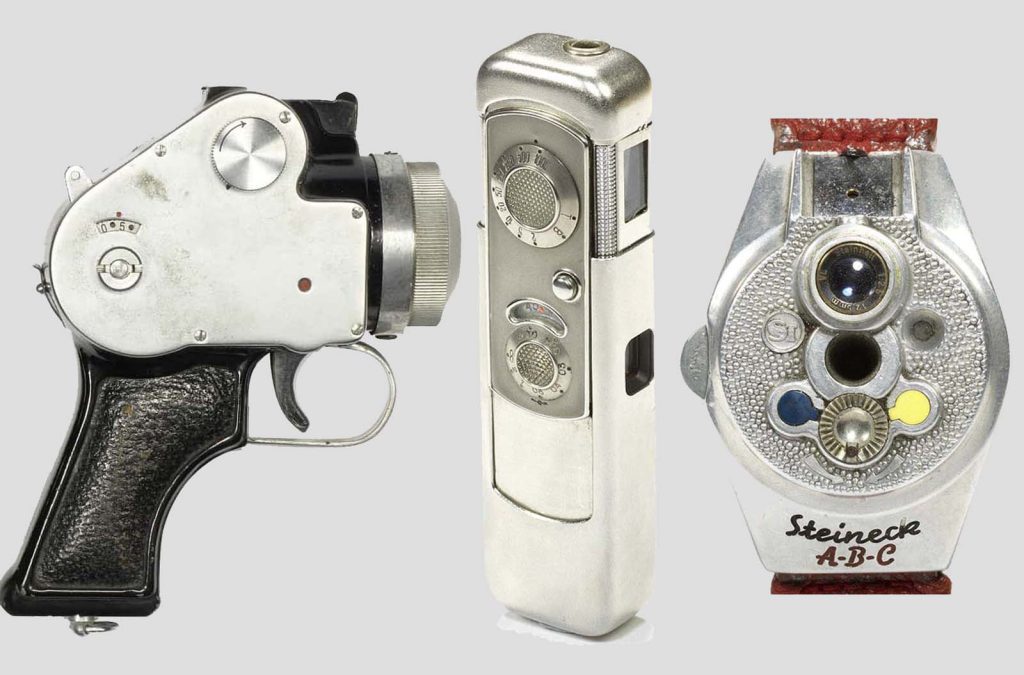
There is an amazing range of old cameras in this unusual collection; some of them were cleverly hidden in common objects.
From a camera concealed in a matchbox to one disguised as a pocket watch for covert operations, these clever inventions from yesteryear—some from the 1880s—showcase themselves.
Among these unique cameras were ones designed to resemble a book, a package of smokes, binoculars, radio player, even a pistol.
Designed after World War II but never mass-produced, the cigarette camera is among the more interesting objects.
Developed for the US Signal Corps between 1949 and 1950 by Mast Development Corp., the Lucky Strike Spy Camera is another amazing discovery.
This camera was made to fit within Lucky Strike cigarette packet’s outside wrapping.
With various shutter speeds, it was able to capture eighteen 16mm still picture pictures despite its small scale. Still, it stayed an obscure artefact of history and never was widely used.
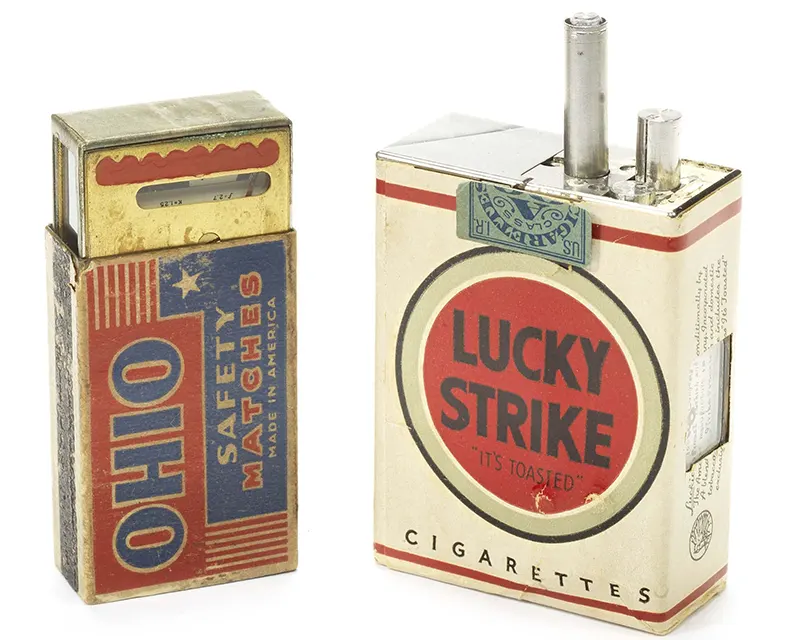
Based on handguns, two cameras developed for police usage in Japan during the 1950s
Using 9.5mm film rather than the more popular 16mm format, the first Doryu pistol camera lacked appeal.
Officers had already converted to the competitor Mamiya pistol camera by the time it was upgraded, which was finally retired as well.
Among the collection is the oldest and most precious camera—an 1886 Ladies-Pattern Patent Watch Camera created by Birmingham-based J. Lancaster and Son.
Originally skillfully disguised as a pocket watch, this camera was a real masterpiece revealing a hidden camera inside.
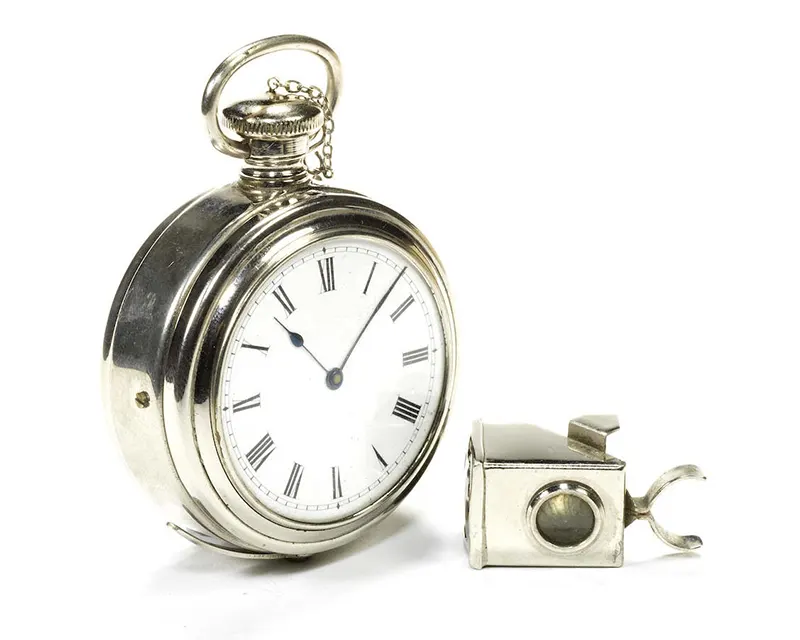
A few years ago, the camera collection was auctioned at Bonhams, and the specialist Jon Baddeley said:
“The beginnings of these hidden cameras date back to the 19th century, when 99.9 percent of the images captured were stifling portraiture.
Reportage images were rare, hence if you wanted to picture individuals behaving naturally, you had to be subtle about it.
Just pulling out a camera and beginning to snap pictures of individuals was really disrespectful. Creatives beginning to hide cameras in daily objects such books, wrist watches and even rings in many different ways.
While many of them were only novelties some were created for James Bond-style espionage.
While police in Japan had many that resembled a pistol, the US Signal Corps developed a camera immediately after World War II concealed in a packet of Lucky Strike cigarettes.
Unsurprisingly many of these cameras were commercial failures and therefore relatively few were produced, but that is exactly what gives them their value now.
Ironically, we hide cameras in our phones now, and photography has never been more trendy.
Most of these cameras have come from a single collector who has accumulated an amazing archive over the years, therefore illuminating an element of photography most people would not be aware of.”
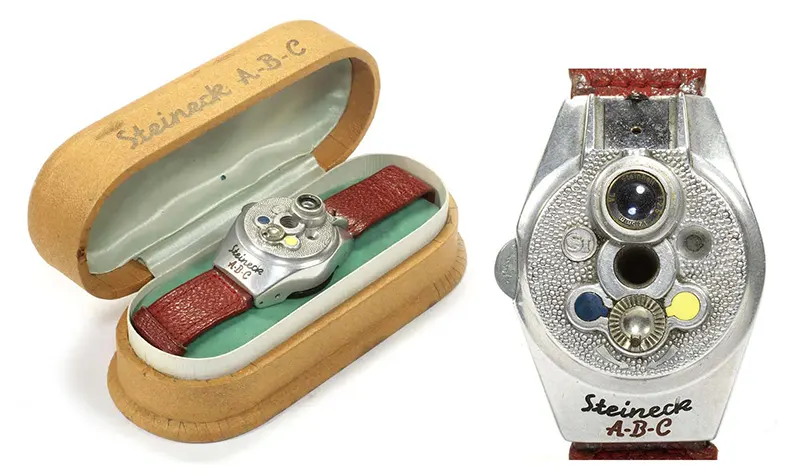
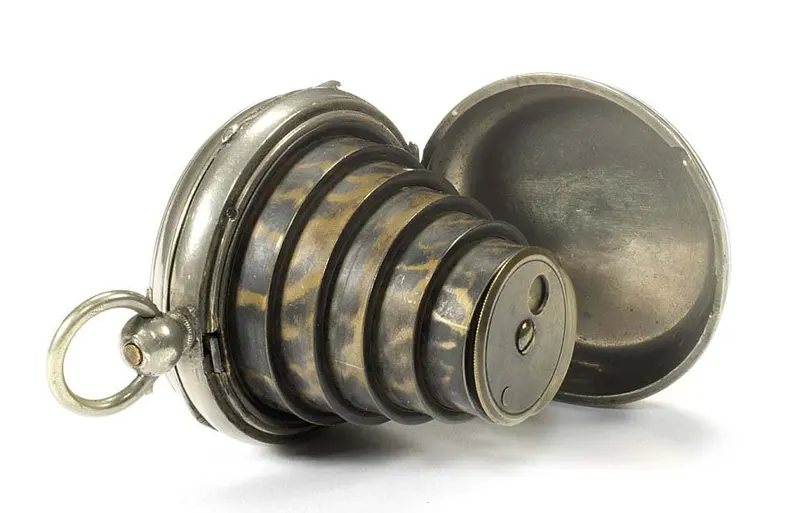
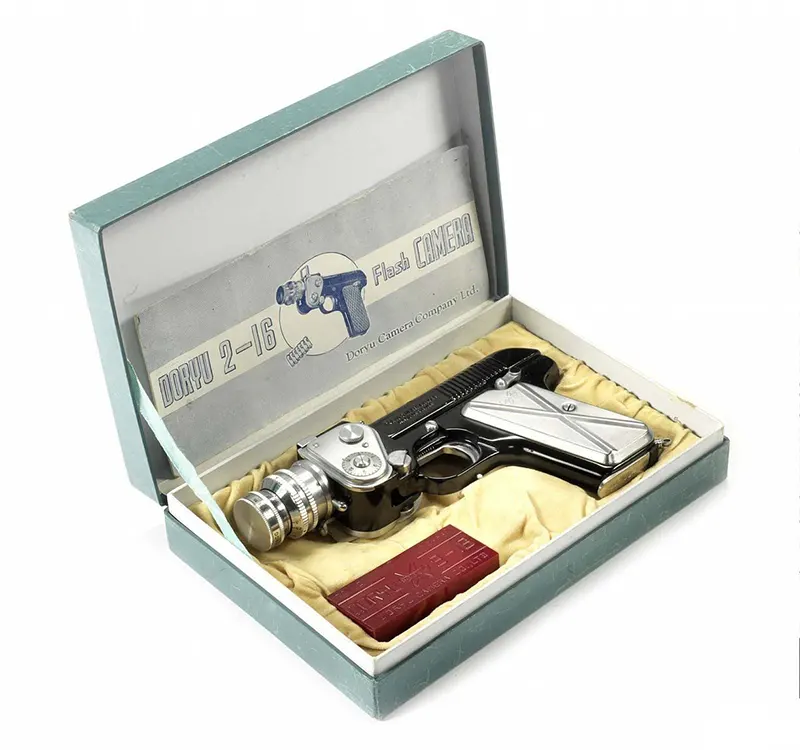
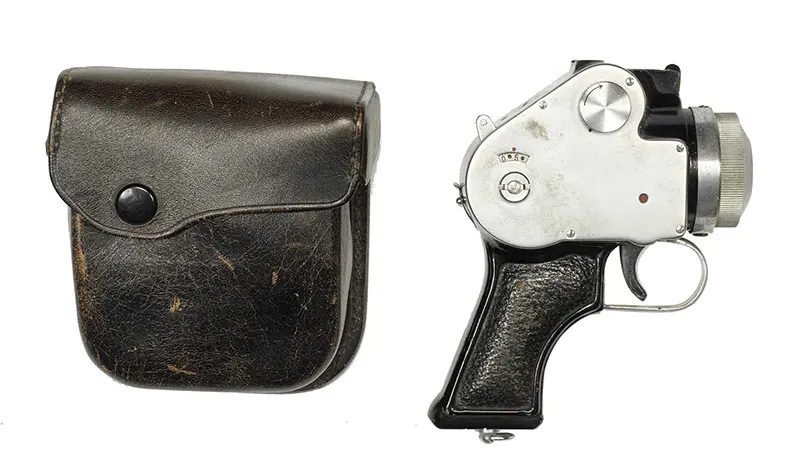
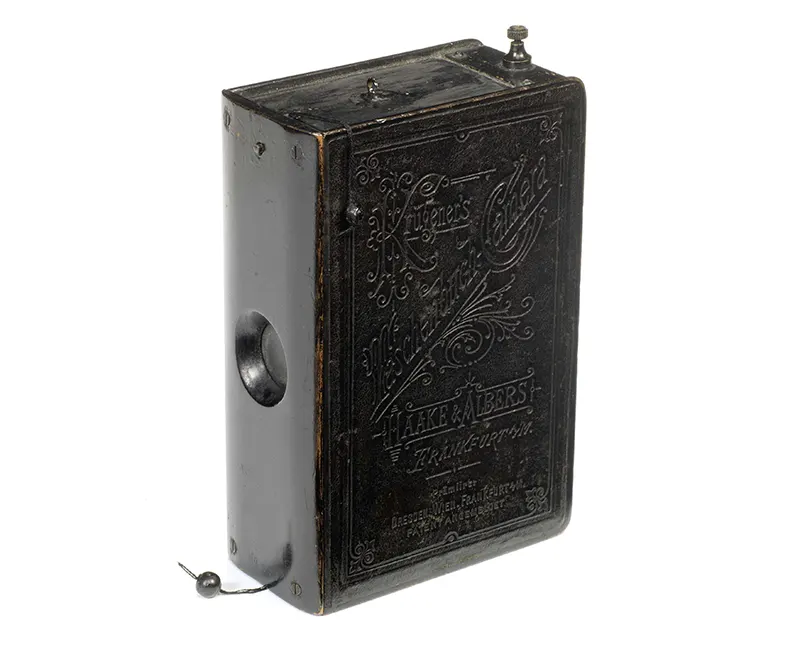


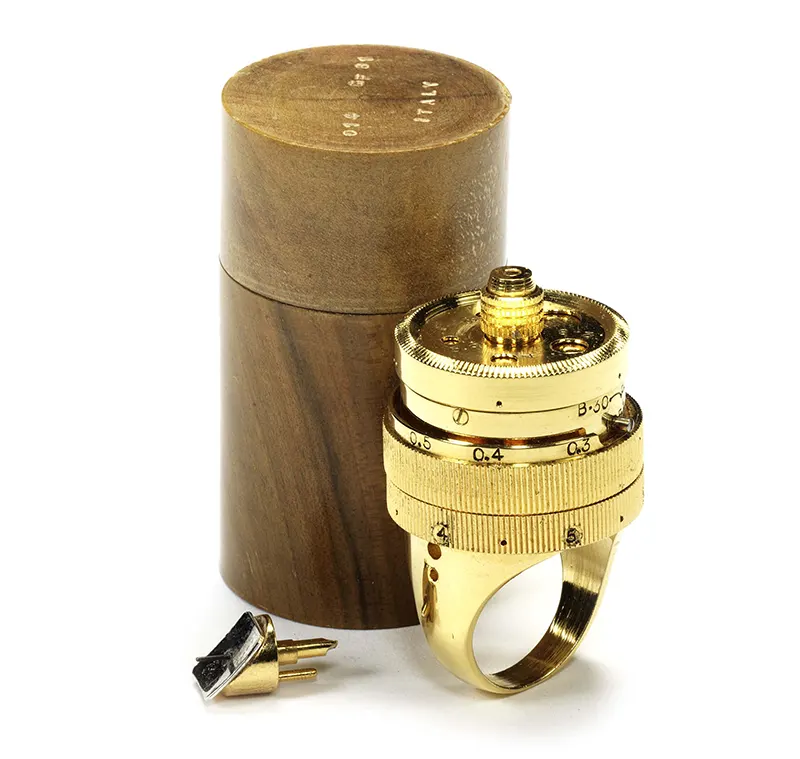
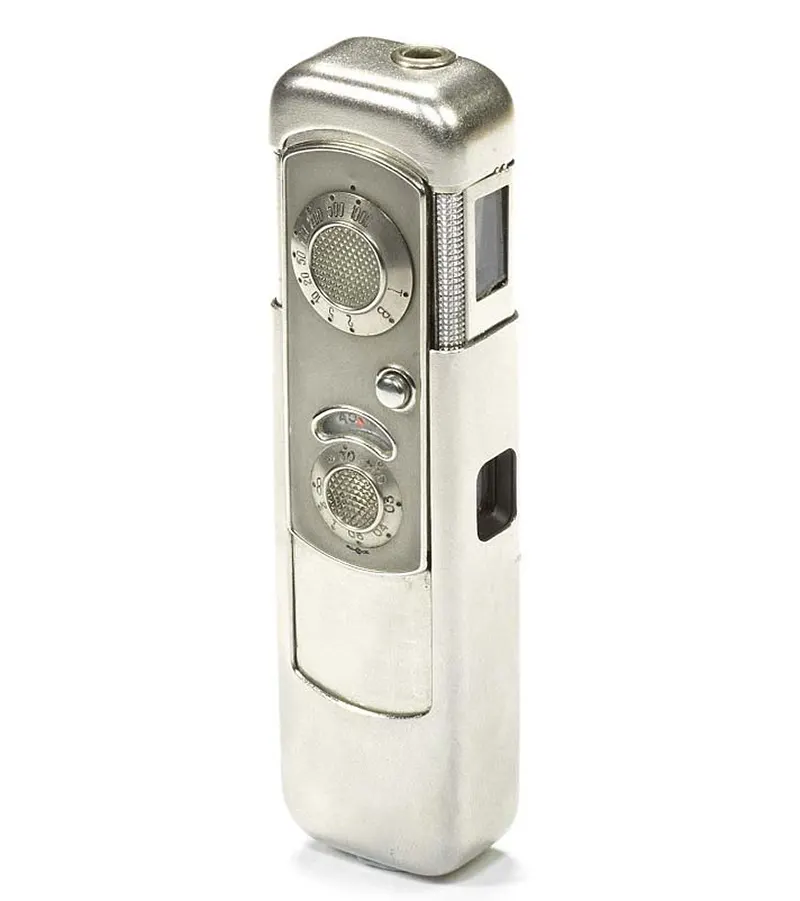

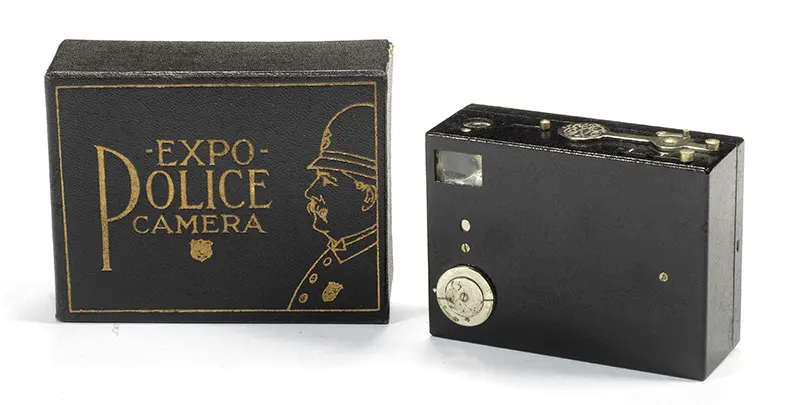
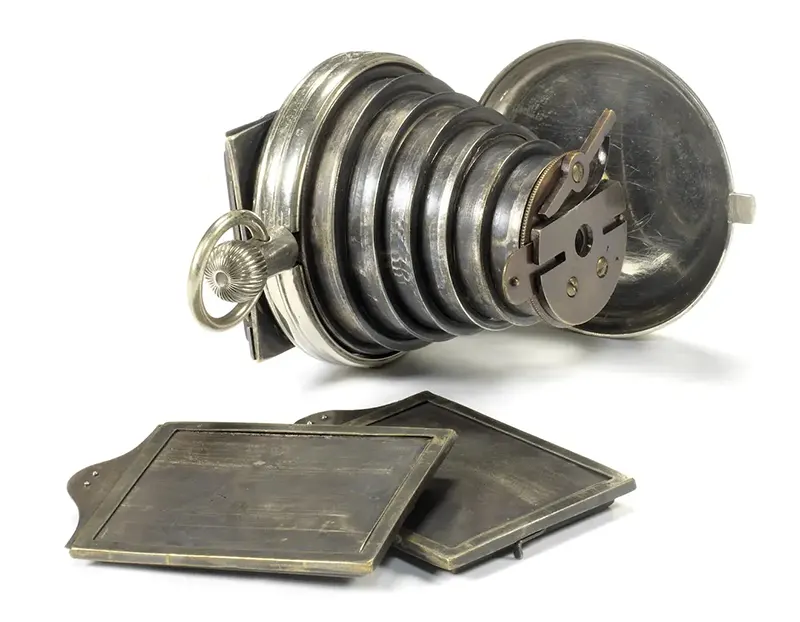
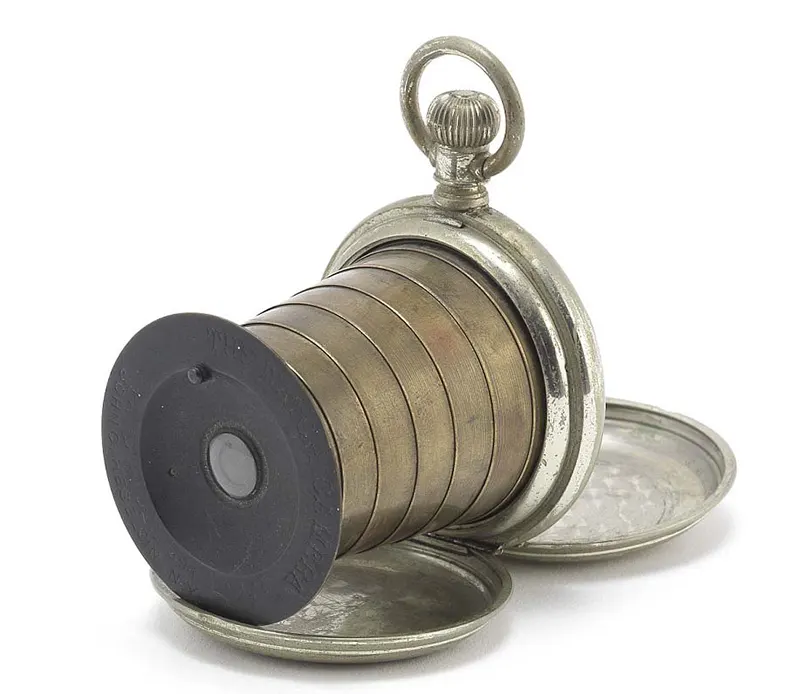

(Photo credit: Bonhams / Daily Mail UK / Wikimedia Commons).


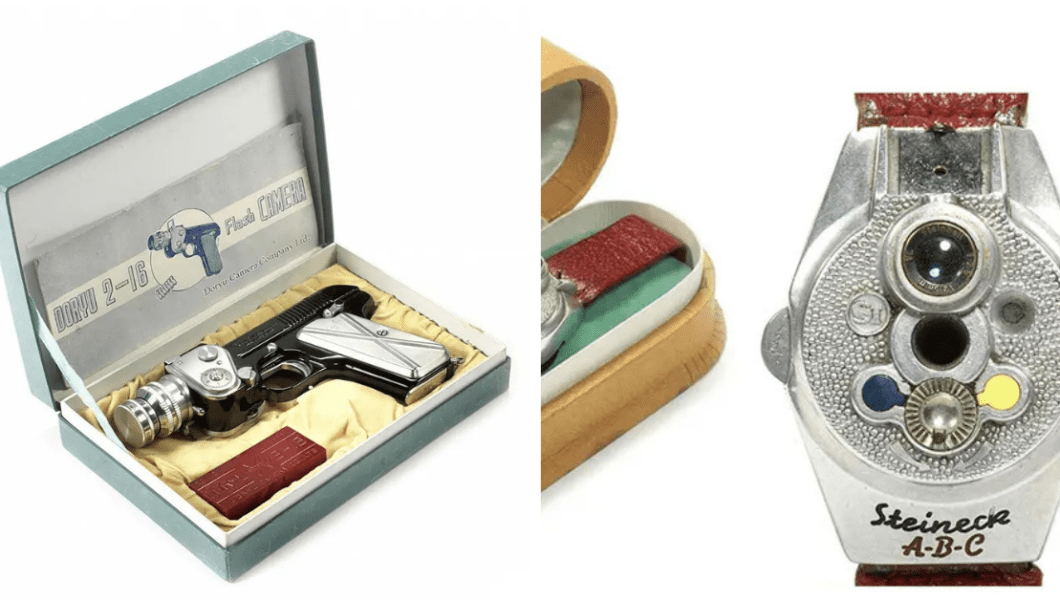
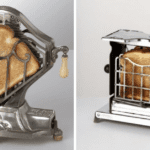
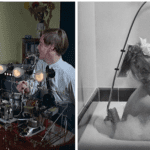
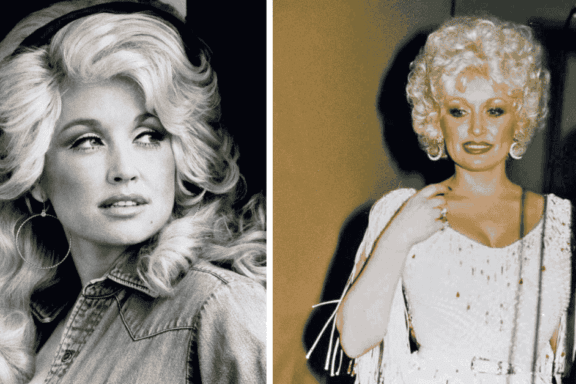

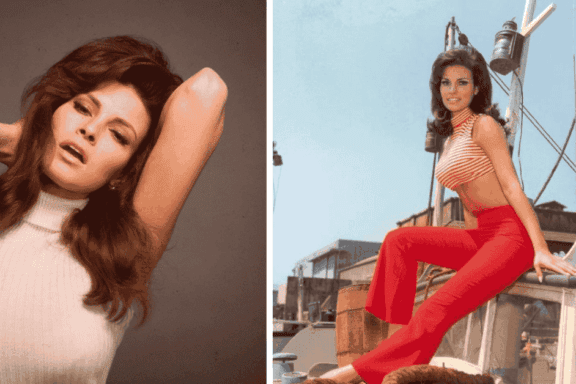
No Comments